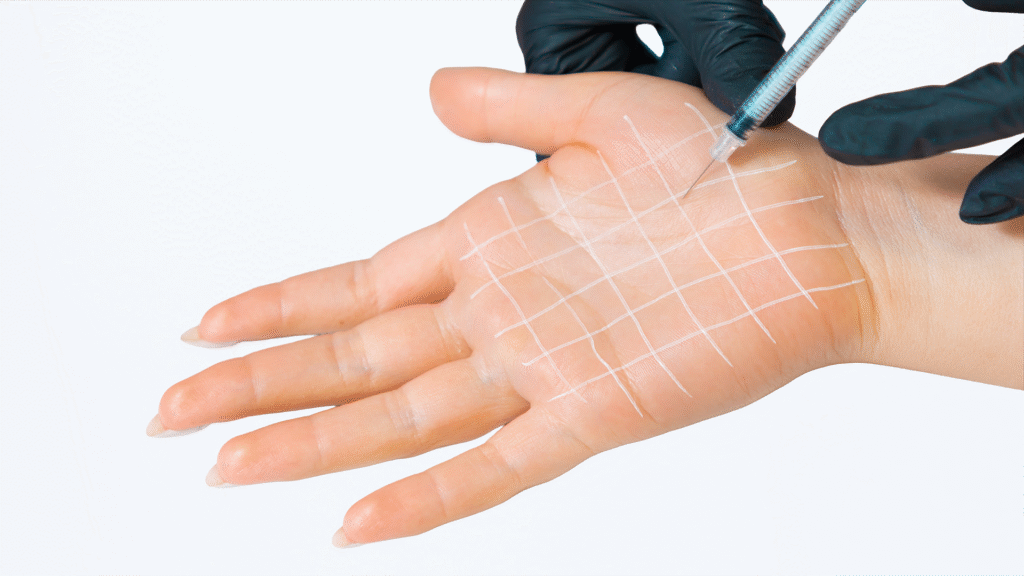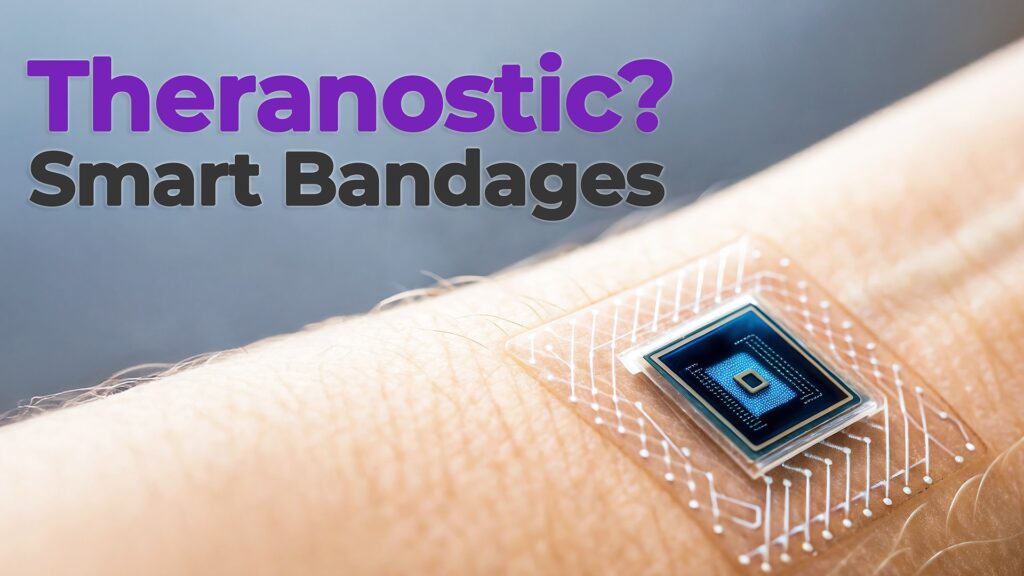
Precision in Practice: Exploring Esthetic Drug Delivery
In this episode of Bio Break, Nick and Nigel dive into the fascinating intersection of drug delivery and esthetic medicine. While most people think of Botox as a simple beauty treatment, there’s a surprising amount of engineering, anatomy, and precision behind the process. From the right dose to the right location, esthetic drug delivery is both a science and an art.
What Makes Esthetic Drug Delivery Unique?
Nigel explains how esthetic treatments, like Botox injections, go far beyond surface-level application. Although the tool of choice is a standard syringe, the results depend on precise placement and deep anatomical knowledge. Practitioners must understand which muscles affect different expressions and how to deliver the drug safely and effectively.
Unlike many therapeutic drugs, Botox must be applied in incredibly small quantities to highly targeted areas. And since the medication is expensive and patients are often looking for subtle improvements, accuracy is everything.
The Science Behind Botox: From Bacteria to Beauty
Nick brings in a microbiologist’s perspective, sharing that Botox is derived from the botulinum toxin produced by Clostridium botulinum. It’s one of the most potent toxins known, just one microgram can be lethal, yet it’s safely used in esthetic medicine to treat wrinkles and improve appearance when applied correctly.
This reinforces the importance of dosage, location, and timing—principles that apply across all drug delivery projects.
Patient Experience and the Role of Trust
The team also touches on the emotional side of esthetic procedures. Patients are placing their trust in practitioners not only for results, but for safety and discretion. A common phrase in the field is, “You bruise them, you lose them,” highlighting how even minor missteps can damage client relationships.
Esthetic drug delivery isn’t just about beauty, it’s about precision, safety, and patient experience. Whether you’re developing new medical devices or navigating complex user needs, this episode reveals how much thought goes into even the smallest interventions.
Learn more about StarFish Medical.
Related Resources

Mark Drlik and Ariana Wilson introduce the fascinating world of ingestible capsules—tiny, swallowable medical devices that are revolutionizing gastrointestinal health monitoring and targeted therapy.

While most people think of Botox as a simple beauty treatment, there’s a surprising amount of engineering, anatomy, and precision behind the process.

A theranostic wound dressing does more than cover a cut—it actively detects infection and delivers targeted treatment.

In a sophisticated world of ever increasing complexity, we need our tools to evolve alongside us and assist in complex decision making, allowing us to understand the consequences of choices ahead. Computational Modelling and Simulation (CM&S) is emerging as an essential tool in building evidence for medical device development.